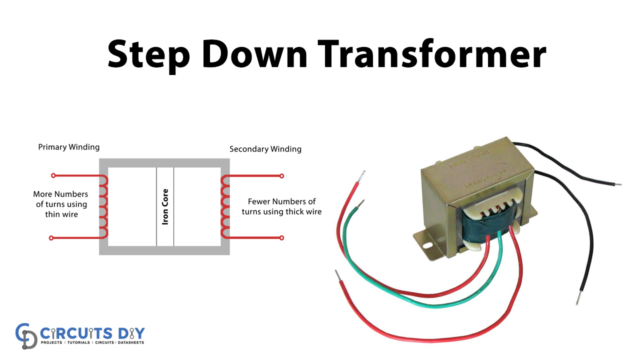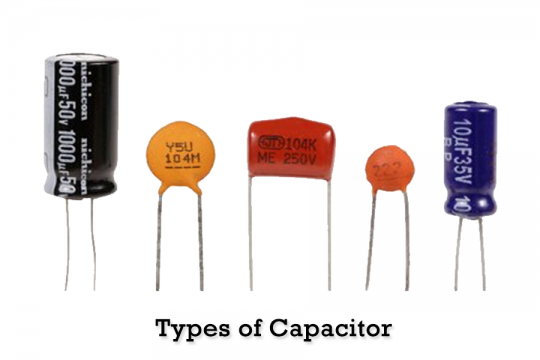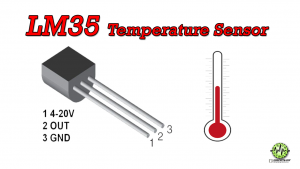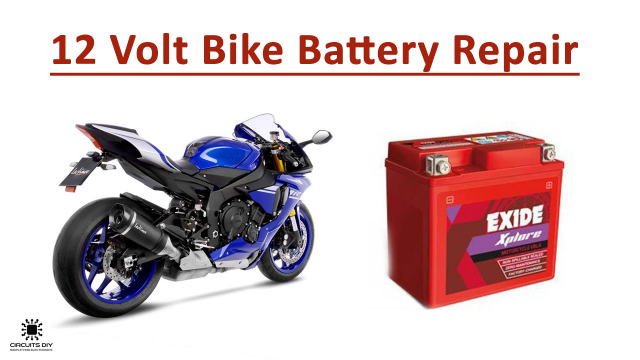Introduction
Nickel-cadmium(NiCd) batteries use nickel and cadmium hydroxides as electrode accouterments. Current is produced by chemical responses that take place at the electrodes during battery operation. Nickel-cadmium(NiCd) batteries were among the first extensively used rechargeable batteries due to their long lifetime and fairly high energy viscosity. Because of their special rates, Nickel-cadmium batteries are still used in a variety of operations; in fact, they’re contending with other slice-edge battery technologies.

How a Nickel-Cadmium Battery Works
A. Chemical composition and structure
Nickel hydroxide(Ni(OH)2) serves as the positive electrode in Nickel-cadmium(NiCd) batteries, whereas cadmium serves as the negative electrode. An electrolyte, which is constantly potassium hydroxide(KOH) in water, separates these electrodes. The battery casing usually consists of a brand and acts as the outer cover and negative terminal of the battery. The chemical reactions between these two factors act during charging and discharging operations, allowing the battery to efficiently store and release electrical energy.
B. Charge and discharge process
During charging, direct current (DC) is provided to the battery, resulting in the following reactions:
At the positive electrode:
Ni(OH)2 + OH- → NiOOH + H2O + e-
At the negative electrode:
Cd + 2OH- → Cd(OH)2 + 2e-
This response causes the electrode to charge. Discharge is the term for the contrary of this process, wherein the electrodes release electrical current as stored energy. It’s critical to comprehend the colorful Nickel-cadmium battery charging and discharging ways in order to optimize the life and performance of these batteries.
C. Main reactions involved
The reversible oxidation and reduction responses that occur at the electrodes during charging and discharging give a major explanation for how a nickel-cadmium battery functions. Cadmium hydroxide is reduced to Cadmium hydroxide at the anode, while nickel hydroxide is oxidized to nickel hydroxide. Because of the reversible nature of this process, the battery can be charged and drained constantly. also, the electrolyte transfers the energy stored in the battery by easing ion conveyance across electrodes.
Applications of Nickel-Cadmium Batteries
- Portable Electronics: Nickel-cadmium batteries are used in digital cameras, camcorders, movable radios, music players, and other analogous wearable biases.
- Emergency lighting: Nickel-cadmium batteries are generally used in exigency lighting systems due to their responsibility and capability to give power for lengthy ages of time during power outages.
- Power Tools: Nickel-cadmium batteries are generally used in power tools similar to drills, sayings, and screwdrivers because they can deliver a high current and sustain multiple charge and discharge cycles.
- Two-way radios: Nickel-cadmium batteries are frequently used in two-way radios used by exigency services, security guards, and man-made businesses, as they can induce stable power for long ages.
- Electric vehicles: Although Nickel-cadmium batteries were formerly employed in electric vehicles, their employment is abating in more recent models because lithium-ion batteries and other energy-effective and environmentally friendly battery technologies have taken the lead.
- Backup power sources: Computers, medical outfits, and telecommunications are all powered by Nickel-cadmium batteries.
- Aviation & Aerospace: Nickel-cadmium batteries are used in aircraft and spacecraft for exigency power for starting supplementary power systems due to their responsibility and capability to serve in harsh temperatures.
- Military Applications: Nickel-cadmium batteries have been employed in military operations similar to movable dispatch devices, night vision outfits, and bullet systems due to their responsibility and abidance.

Advantages of Nickel-cadmium batteries
- High Energy Density
- Long Cycle Life
- High Discharge Rates
- Reliability
- Wide Operating Temperature Range
- Fast Charging
- Low Self-Discharge Rate
- Cost-Effectiveness
Disadvantages of Nickel-cadmium batteries
- Memory Effect
- Toxicity
- Low Energy Density
- Relatively High Self-Discharge Rate
- Environmental Concerns
- Overcharging Sensitivity
- Heavier Weight
Conclusion
In conclusion, Nickel-cadmium batteries(NiCd) have set up broad used in a variety of operations due to their responsibility, continuity, and low cost. They have played a crucial part in diligence like movable electronics, exigency backup, aerospace, and medical devices. Nickel-cadmium batteries have demonstrated their capacity to deliver high currents, sustain numerous charge and discharge cycles, and work over a wide frequency range.






